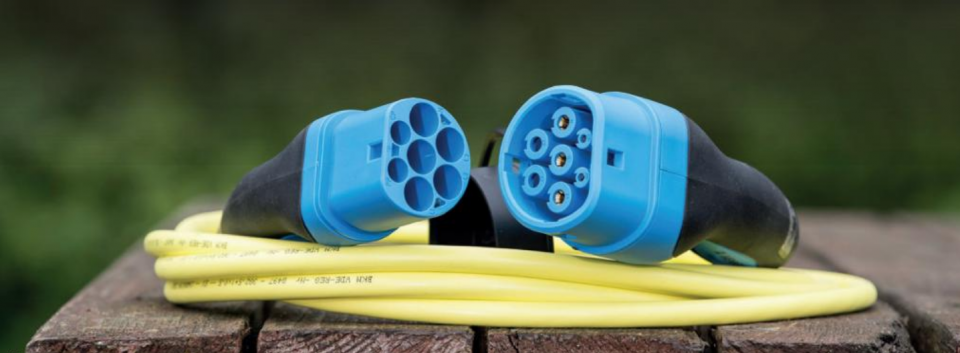Rubbish removal company Divert.co.uk have warned that drivers should not leave their electric charging cable unlocked outside their home, as scrap metal thieves have labelled them as “must-have items”.
Company spokesperspn Mark Hall said: “Car chargers are particularly appealing to thieves because they can be sold for up to £200 and they are selling them everywhere, eBay, Facebook, and to dodgy scrap dealers. And they can be pretty costly and inconvenient for you to replace, so it’s best to keep it locked away from the crooks.”
The company says that the metal in electric car chargers is becoming increasingly sought after by thieves looking to make quick money.
“With more people going green and choosing electric cars over petrol and diesel, there are more charging cables available for thieves to target,” says Divert.co.uk spokesman Mark Hall.
Although many electric vehicles have systems in place that lock the charger into position, allowing the owners to leave the car charging securely overnight or while they are shopping, these security measures aren’t always fool-proof.
Tesla owners have noticed this winter that the locking mechanism wouldn’t work due to the freezing weather, causing cables to become detached from their vehicles which made them easier to steal – which prompted the automakers to release a ‘cold weather improvements’ software update to counteract the problem.
Mark Hall recommends padlocking the cable to the vehicle while charging it at home or out and about, similarly to how you would secure a bike with a bike lock.
Hall: “You should try and keep the charger locked when it’s not in use too, or even better would be to bring it inside and hide it in your garage.”
If possible, EVs should be charged inside your garage, out of sight, or if not possible, to keep the cable discreet to potential thieves driving by.
Source: https://greenfleet.net
CUT COTS OF THE FLEET WITH OUR AUDIT PROGRAM
The audit is a key tool to know the overall status and provide the analysis, the assessment, the advice, the suggestions and the actions to take in order to cut costs and increase the efficiency and efficacy of the fleet. We propose the following fleet management audit.




